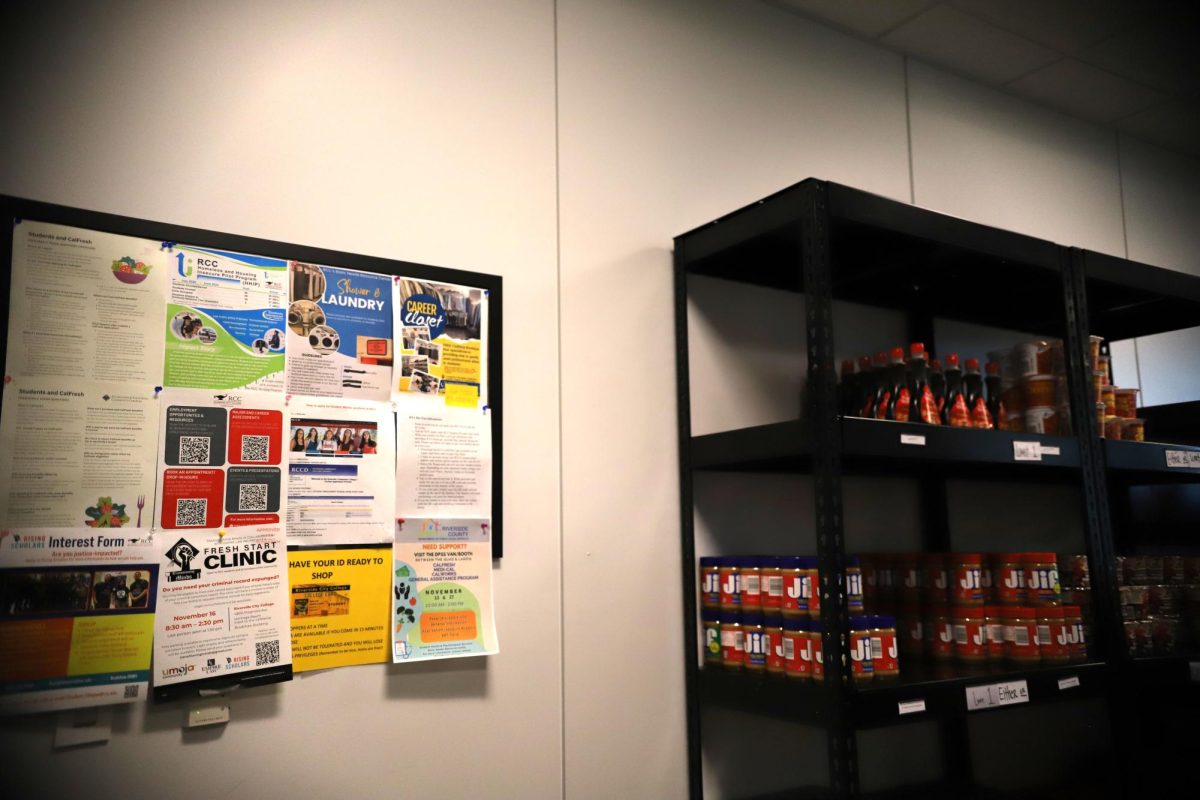David Roman | Asst. Inscape Editor
As technology continues to make leaps in the capabilities of handheld smartphones, the latest announcement of the newest additions to the Apple family has left some people feeling impressed, some let down, and others as indifferent as they where before they Googled the new Apple products on their Androids.
To start off the notorious Apple keynote was Steve Jobs’ predecessor Tim Cook discussing Apple’s most popular musical venture, the iTunes Festival.
Bringing some of the world’s biggest artists into the historic and intimate Roundhouse venue in the Britian, the iTunes Festival brings live music to the streets of London for the entire month of September.
The free series of concerts is entering it’s seventh year and has undoubtedly the best line up yet with this month’s artists including Elton John, Justin Timberlake, Katy Perry and Lady Gaga kicking off the festival on Sep. 1 by performing her newest album in its entirety.
Cook moved on from discussing the successes of the festival to unveiling the new and improved structure for the Stanford Apple branch in Palo Alto that is not only eight times larger than a typical Apple store but features some impressive feats of architectural design.
The new building was clearly a point of pride for the new leading Apple executive.
The keynote then went on to address Apple’s iOS 7, the operating software that runs on most of their devices which features edge-to-edge designs that admittedly have some pleasing aesthetics, but won’t impress an Android user who’s had the similar lock screen background for years now, even if Apple’s version comes with a nice “layered” 3D view.
The performance of Apple’s voice controlled personal assistant Siri has also been enhanced in iOS 7 with added commands to her response system and not only can you change her voice from female to male now but Siri can also access anyone’s tweets at the command of your voice.
Perhaps the most anticipated announcement of the day was that of the iPhone 5c.
The plastic cased version of the iPhone 5 comes in 5 new vibrant colors including turquoise, green, yellow, pink, and white and featuring a matching colored background in iOS 7.
The most important aspect of the iPhone 5c however is hands-down its relatively cheap price tag.
Starting at $99 with a wireless service plan and $549 without, the iPhone 5c is the cheapest iPhone to hit the market.
Apple’s pricing strategy isn’t only to boost wavering sales here in the U.S market where the iPhone still dominates over every other phone on the market.
Android has far surpassed Apple in overall units sold around the world thanks to their wide variety of phones each with different pricing options.
Because overseas wireless carriers do not subsidize phones like they do here (allowing the iPhone 5c to go for only $99) the steep price of the iPhone has always hindered its sales across the world and particularly in China, the second biggest market behind the U.S and one Apple has been hungry to break into for years.
The second biggest news to come out of the keynote was the announcement that for the first time ever Apple would be selling two different models of iPhones at the same time with the announcement of the iPhone 5s.
Unlike the iPhone 5c, the iPhone 5s would be improving on the last model, by having a new 64-bit A7 chip which delivers a CPU and Graphics performance that’s almost twice as fast.
That, along with the M7 chip which is a motion coprocessor that handles specific tasks to make iPhone 5s far more power efficient which is a nice combination with the iPhone 5s’ speedy lightning charger port.
The iPhone 5s offers a more stylish design that features three new colors: gold, silver, and slate and also includes a state of the art finger-print scanner located within the phone’s home button.
Apple clearly had no qualms with going above-and-beyond with this pricey model now with the cheaper addition it to its family, the iPhone 5s starts at $199 with a wireless service plan and $649 without and its most expensive model retails for $849.
While you may be wondering who would go out to purchase such an expensive phone with its last, similar model having come out so recently (we sure know Android has been posing the question) there will undoubtedly be a market for this phone once it finds its niche.
One also must not overlook these phones’ impact on our national economy.
Last year the iPhone 5’s combined yearly sales in the three months it was on shelves was enough to boost the national economy by half a percent and Apple is the largest publically traded corporation in the world by market capitalization.
The price of Apple shares has been steadily rising going into the fall months with the anticipated release of the new iPhones on Sep. 20, which is a good sign for technology company going into the holiday season.











